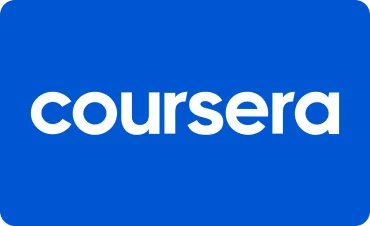When you enroll through our links, we may earn a small commission—at no extra cost to you. This helps keep our platform free and inspires us to add more value.

Deep Learning Applications for Computer Vision
Master the Skills of Tomorrow with Coursera! From AI and Blockchain to Public Speaking and Psychology, Explore Courses Tailored for Your Success.

This Course Includes
 coursera
coursera 4.7 (86 reviews )
4.7 (86 reviews ) 22 hours
22 hours  english
english Online - Self Paced
Online - Self Paced course
course University of Colorado Boulder
University of Colorado Boulder
About Deep Learning Applications for Computer Vision
In this course, you’ll be learning about Computer Vision as a field of study and research. First we’ll be exploring several Computer Vision tasks and suggested approaches, from the classic Computer Vision perspective. Then we’ll introduce Deep Learning methods and apply them to some of the same problems. We will analyze the results and discuss advantages and drawbacks of both types of methods. We'll use tutorials to let you explore hands-on some of the modern machine learning tools and software libraries. Examples of Computer Vision tasks where Deep Learning can be applied include: image classification, image classification with localization, object detection, object segmentation, facial recognition, and activity or pose estimation.
This course can be taken for academic credit as part of CU Boulder’s MS in Data Science or MS in Computer Science degrees offered on the Coursera platform. These fully accredited graduate degrees offer targeted courses, short 8-week sessions, and pay-as-you-go tuition. Admission is based on performance in three preliminary courses, not academic history. CU degrees on Coursera are ideal for recent graduates or working professionals. Learn more: MS in Data Science: https://www.coursera.org/degrees/master-of-science-data-science-boulder MS in Computer Science: https://coursera.org/degrees/ms-computer-science-boulder
What You Will Learn?
- Learners will be able to explain what Computer Vision is and give examples of Computer Vision tasks.Learners will be able to describe the process behind classic algorithmic solutions to Computer Vision tasks and explain their pros and cons. Learners will be able to use hands-on modern machine learning tools and python libraries..